Stepping Back and Letting My Students Go
A MiddleWeb Blog
In my last blog post, I wrote about my fears surrounding a new project. My eighth-grade U.S. history students had chosen an issue they cared about in the news, and they were about to write and film spoken word poems about it.
I was nervous, and the project seemed a little overwhelming. The serious tech use, extensive free time to write and film in class, and lack of specific guidelines for the poems unsettled me.
But after the dust began to clear – after I dealt with videos that wouldn’t upload, talked with kids who didn’t want to hear the sound of their own recorded voice – one of those rare magical teaching moments happened.
We watched the poems in class. After each one, students shared what they liked: the power of a repeated phrase, specific words that rang true for them, a classmate’s intense tone.
And with each additional poem, on topics as disparate as Pakistani women’s education, the threat of nuclear warfare, and the importance of cybersecurity – the room felt like a stronger community.
These middle schoolers were rooting for each other. They shot up their hands with props for classmate after classmate. They leaned forward to make out the words when a video had too much background noise. They demonstrated the power of language to inspire action, to surmount compassion fatigue, to generate “hard empathy.”
So why did I worry?
To give myself confidence with future wide-ranging projects, I’ll look back at the questions I had in my last blog post and answer them.
- Am I spending too much time on this project? Will students get enough out of it?
The length of regular periods at my school is 43 minutes. We spent a period and a half introducing the project, including watching and discussing successful elements of model spoken word poems.
Then students explored topics in the library for a day or two, spent a day learning NoodleTools and creating a bibliography, and took a day or two choosing, printing and annotating three news and feature stories about their topic.
Then we had two days in class to draft the poem, one day for peer response and revision, and two days for rehearsing and filming.
In giving so much in-class time to work, I hoped to mitigate the students’ homework load and also give feedback and trouble-shoot. All of this ended up happening.
And even though we took so much time in class, many students said in an anonymous survey afterward that they would suggest more time for peer editing and writing, possibly shortening the topic brainstorming at the beginning to make room. Their comments included: “More time for feedback because I felt a little rushed during the editing part” and “I would add some more time to work with partners and do proofreading in class.”
- Should I be doing a model poem of my own? I didn’t write one deliberately, because I didn’t want the structure or content of my model to influence them too much – but should I be making myself vulnerable too?
Before we started writing in class, I did end up showing students a poem I had written at the Get Lit – Poetic Convergence conference I attended. It wasn’t a spoken word poem, but it did show me as a flawed human being and definitely made me feel vulnerable!
- I’m pretty sure I’m giving enough guidance on how to find news and feature articles on subscription databases and newspaper websites. But for the poem itself, am I giving too much guidance? Too little?
The several spoken word model poems we watched at the beginning of the project gave a strong sense of the genre, and I would add even a few more examples next time. In addition, going over poetic devices beforehand in students’ English classes turned out to be invaluable.
- Should this kind of assignment come later in the year, once we’ve read more current events and have more background in them? Or will doing the project now spark students’ empathy for current issues during the rest of the year?
The second question turned out to be much more accurate. Now I think that doing a project like this at the start of the year will prime the pump not only for current events, but also for any historical primary source that requires empathy. I can’t wait to see how this understanding plays out in our regular history units.
On a related note, given that we jumped into this project in September, at times I’ve felt as if I’ve blown through the entire “fun quotient” of my year already. But I imagine that knowing students better from the beginning – their passions and capabilities – will only make the rest of the year richer. I hope!
Of course I’ll tweak details for next year – for example, taking into account a student’s comment that “it should be a requirement that all the poems should be in first person” because “I found that the poems that had the most impact on me were in first person.”
But as of now, this is a project I want to do again and again, both to learn about my students and to be inspired myself.
In fact, I would love to showcase the eighth graders’ videos online so that people beyond our campus could see them. I’d even like to see other teachers do this project with their students and upload their poems to a searchable database of spoken word poems by topic, so that many more people can be inspired to act.
So why did I worry?
- Because I believe in scaffolding skills and don’t always know when to let students lay the planks or install the elevator themselves.
- Because too often I feel I need to be prepared to give all the answers at the beginning, even with a student-centered and open-ended project like this.
- Because I thought my expectations might be too high and I didn’t want to be disappointed.
When our wonderful tech support specialist checked during the final presentations to see how everything was going, I sent him a debrief about how we fared with technology during the project (pretty well, overall).
At the end of the email, I wrote, “I feel much more flexible and daring as a teacher than I did before.”
Note to self: Next time, don’t worry.
_______________________________________________________________________


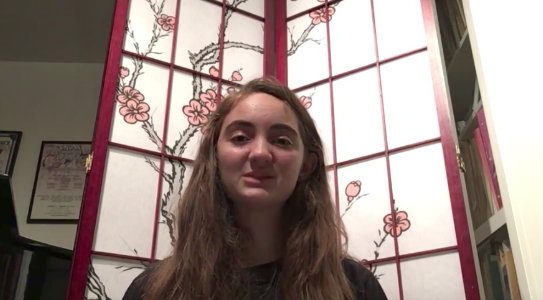
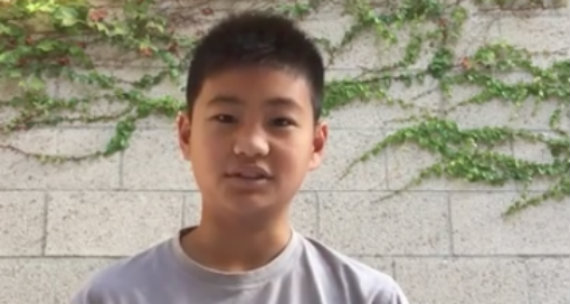
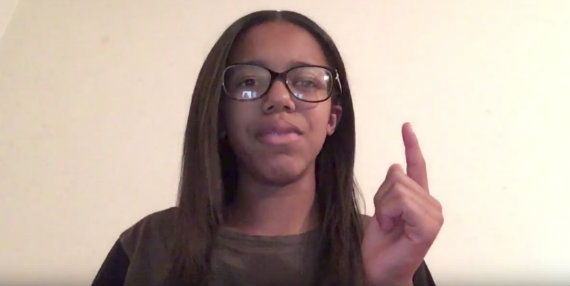
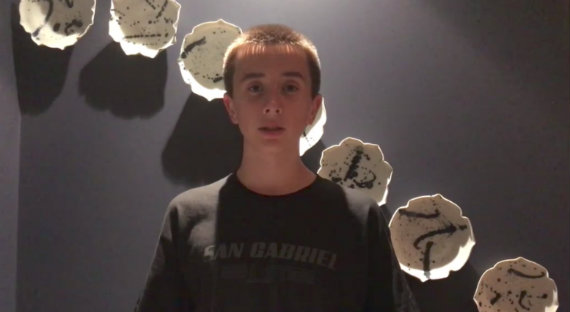
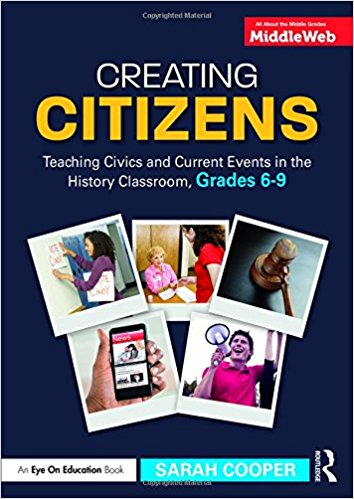




































This is an amazing project–and now you have provided models for the rest of us to use! Thank you! I do a social issue project in ELA that this would be the perfect summation of.
Thanks so much, Shenach! What grade do you teach? I would love to hear how the project goes if you try it.
I just love this! So want to do this with my 7th graders.
Thanks, Joanne. Please let me know how it turns out if you do!